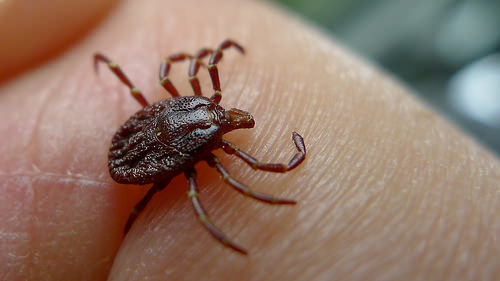Lyme disease is a serious illness caused by the bite of infected blacklegged ticks. Ticks are small, ranging in size from a poppy seed to a pea. The size of the tick varies depending on its age and whether it has fed recently.
Lyme disease symptoms can differ from person to person with varying degrees of severity. If you have symptoms, see your health care provider right away. The earlier you get a diagnosis, the greater your chances are for a successful treatment.
In Canada, blacklegged ticks are found in forested and overgrown areas between the woods and open spaces. Remember, it is possible to be bitten outside of these areas as tick populations are expanding. As such, Canadians should take precautions to reduce the risk of tick bites.
How can Lyme disease be prevented?
The best way to protect against Lyme disease is to prevent tick bites.
Remember, as tick populations grow, Lyme disease can be acquired outside these areas. Here are some ways to protect yourself if you venture into forests or overgrown areas:
wear closed-toe shoes, long-sleeved shirts and pants
pull socks over pant legs
wear light coloured clothes to spot ticks easier
use insect repellent containing DEET (active ingredient to keep bugs away) or Icaridin (always follow directions)
shower or bathe within two hours of being outdoors to wash away loose ticks
do daily “full body” check for ticks on yourself, children and pets
The Public Health Agency of Canada encourages you to keep your lawn and yard well maintained (mow and rake frequently). This will prevent ticks from living near your home.
Ticks attach themselves to the skin. Removing them within 24-36 hours usually prevents infection.
What is the treatment?
Lyme disease can be effectively treated with 2 to 4 weeks of antibiotics. Depending on symptoms, and when you were diagnosed, you may require a longer course of antibiotics.
Some people experience symptoms that continue more than six months after treatment. Research continues into the causes of these persistent symptoms and methods of treatment.
Agencies/Canadajournal

 Canada Journal – News of the World Articles and videos to bring you the biggest Canadian news stories from across the country every day
Canada Journal – News of the World Articles and videos to bring you the biggest Canadian news stories from across the country every day

